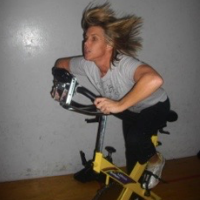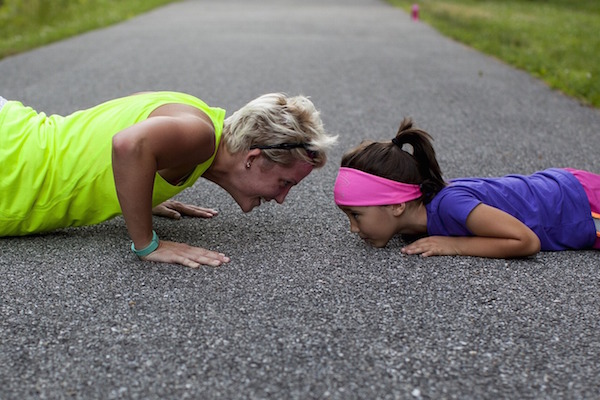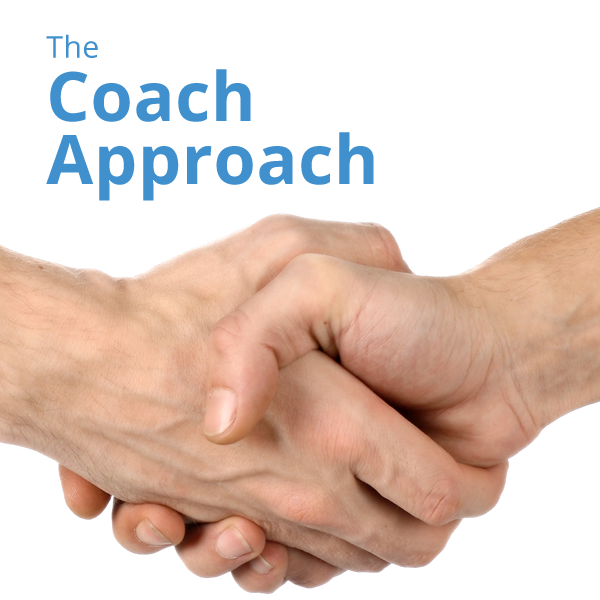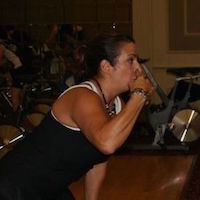Why Are You Talking?
New instructors are often unsure how much they should be talking or what they should be saying in their classes. One of the litmus tests to discover if you are talking too much is to simply ask yourself, “Why am I talking?” The answer may surprise you. Caesar provides tips on examining the purpose of your cues and making sure your riders aren’t confused by what you say. Read more…









